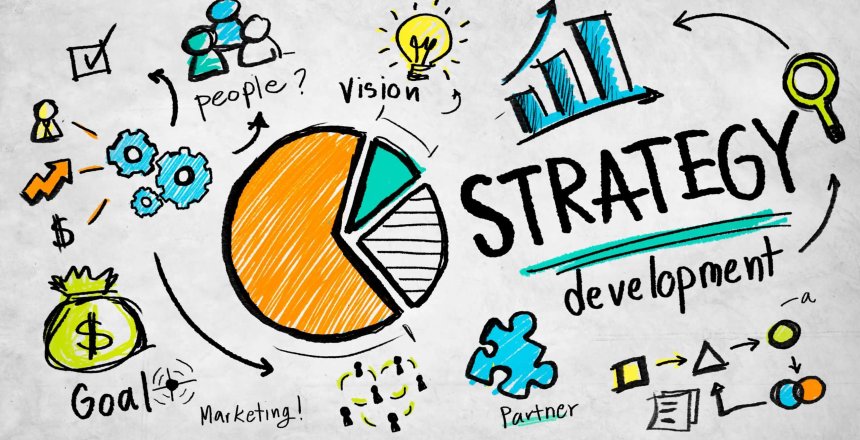Digital marketing is now a fundamental requirement for business success in today’s digital arena. By establishing an online presence and fostering relationships, companies can better appreciate the needs of their target audience. Moreover, digital marketing services can facilitate the expansion of businesses by exposing them to new audiences via SEO, Paid Ads, social media, and email marketing. Whether you’re a small business starting out or a major enterprise with substantial digital marketing demands, investing in digital marketing is crucial for succeeding in today’s digital age.
Digital marketing presents a significant advantage for businesses looking to enhance their customer base quickly and effectively. Reaching new audiences through social media, search engines, and email marketing enables companies to gain a clearer understanding of their customers’ needs, fueling effective marketing campaigns. Discover how your business can grow with effective digital marketing strategies
Digital marketing enables businesses to tailor their campaigns and content to individual customer needs. By leveraging customized data insights and advanced technologies like machine learning and predictive analytics, digital marketers can deliver highly targeted messaging that deeply resonates with their audiences. Unlike traditional marketing approaches, which rely on mass marketing techniques, digital marketing is a more personalized approach that can optimize a business’s online presence.
Step 1: Developing A Marketing Plan Through Strategizing Goals
A marketing plan is a strategic framework for creating and implementing all necessary campaigns and strategies to achieve success. Researching the competitive landscape and target audience forms the basis of every marketing strategy. This analysis should uncover key performance indicators such as search volume, demographics, and sales cycle. Such insights enable an organization to develop more effective campaigns that boost visibility and overall market presence.
Step 2: Setting Your Marketing Budget
When planning a marketing budget, allocating a percentage of revenue is a common practice. B2B companies typically spend between 2-5%, while consumer businesses may require higher proportions to reach all their customer segments effectively. Our research analysis can help assign budgets for each channel, considering your competitive environment. Trust us to streamline your marketing costs with practical, results-driven strategies.
Step 3: Measuring A Marketing Efforts
Effective marketing hinges on in-depth analysis of data and requires a cohesive strategy to track progress. By monitoring analytics and engaging with researched audiences, businesses can craft personalized experiences and boost ROI. A commitment to regular measurement & improvement ensures long-term growth and greater success when pursuing business goals.
Step 4: AB Testing/Conversion Rate Optimization
Successful marketing strategies require finding the optimal balance between audience engagement and emotional response. By leveraging A/B testing, campaigns can be fine-tuned for optimal budget allocation and content performance. Since there is no one-size-fits-all approach to marketing, a tailored strategy is key to gaining customer insight and driving overall success.



